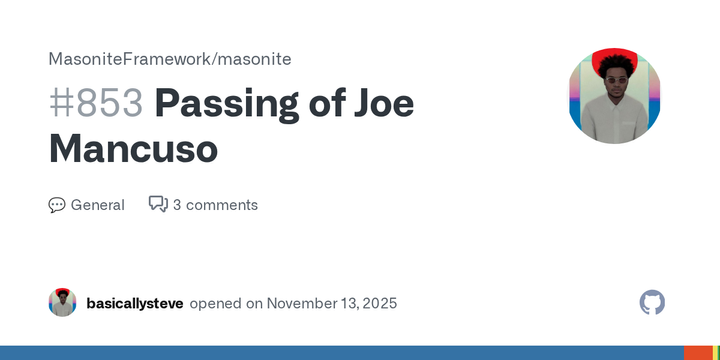
Vietnam bans unskippable ads
Vietnam has banned unskippable ads and requires a skip button to appear after 5 seconds, in an effort to improve the online advertising experience for consumers.

enclose.horse
Enclose.horse is an online tool that allows users to easily enclose text or code in various formatting styles, such as fenced code blocks, quotes, and HTML tags. The tool provides a simple interface for quickly formatting text and copying the result.

There were BGP anomalies during the Venezuela blackout
The article discusses the development of a new radar system that can detect small objects in low-Earth orbit, providing enhanced space situational awareness and supporting the growing need for space-based monitoring and tracking of satellites and other space assets.

Opus 4.5 is not the normal AI agent experience that I have had thus far
The article discusses the release of Opus 4.5, a major update to the Opus open-source audio codec. It highlights the significant changes in this version, including improved quality, increased efficiency, and expanded support for various audio formats and platforms.
AWS raises GPU prices 15% on a Saturday, hopes you weren't paying attention
AWS is set to increase its cloud service prices by an average of 5-10% starting in 2026, citing rising operational costs and a need to maintain a competitive edge. The price hike is expected to impact customers across various AWS offerings, including EC2 instances, data storage, and network bandwidth.
The Post-American Internet
The article discusses the 39th Chaos Communication Congress (39C3), an annual technology and activism conference, and its significance in the landscape of digital rights and internet freedom. It highlights the conference's role in fostering discussions and activism around issues such as online privacy, surveillance, and the future of technology.
Google broke my heart
The article discusses the author's frustration with Google's recent changes to its search engine algorithm, which have negatively impacted their website's visibility and traffic. It explores the challenges faced by small website owners in adapting to these algorithmic updates and the lack of transparency from Google in communicating the changes.
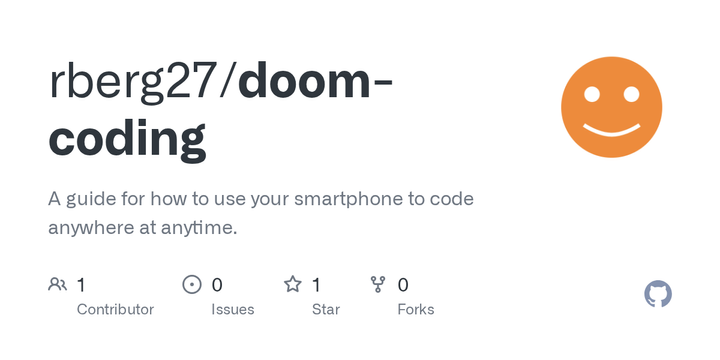
Stop Doom Scrolling, Start Doom Coding: Build via the terminal from your phone
I used Tailscale, an old laptop, Claude Code, and Termius to code from my phone anywhere I have Internet connection.
Great for parties where you rather be home tinkering.
Brave overhauled its Rust adblock engine with FlatBuffers, cutting memory 75%
Brave Browser announces significant memory usage reduction in its built-in AdBlock feature, improving performance and resource efficiency for users.

65% of Hacker News posts have negative sentiment, and they outperform
The article explores the sentiment analysis of Hacker News comments, demonstrating how machine learning techniques can be used to gain insights into the emotional tone of online discussions within technology-focused communities.
Why is the Gmail app 700 MB?
The article discusses the large size of the Gmail app, which can reach up to 700 MB, and explores the reasons behind this, including the inclusion of various features and libraries that contribute to the app's overall size.
C Is Best (2025)
The article explains why SQLite was chosen as the default database for the Android operating system, highlighting its small footprint, self-contained design, and ease of use as key reasons for its selection.

Volkswagen Brings Back Physical Buttons
Volkswagen is bringing back physical buttons in its vehicles, moving away from the touch-based controls that have become prevalent in modern cars. This shift aims to provide a more intuitive and user-friendly experience for drivers.
Show HN: Prism.Tools – Free and privacy-focused developer utilities
Hi HN, I'm Barry and I've built Prism.Tools (https://blgardner.github.io/prism.tools/) – a collection of client-side developer utilities that respect your privacy.
Many of these tools were used way back in the days when I ran a BBS and started my communities first ISP, serving three local communities with Dial-Up Internet, Web Hosting etc. The tools have been refined to reflect the changes in tech since then and designed for the Novice and Pro alike. As I locate more tools others may find useful I will refine and add them to the collection. Use them, Share them, or not. They will be here if you need them...
40+ dev tools (JSON formatters, regex tester, base64 encoder, Git command helper, etc.) that run entirely in your browser. Zero tracking, zero analytics, zero data collection – everything processes locally. Self-contained HTML files with no build process or frameworks.
I realized I had a lot of tools/utilities I've built over the years for my own use. I lothe having to 'sign-up' just to access/use simple utilities that I can create myself. I've refined them and put them in one safe place so I could easily access them if/when needed. I decided to make them available via Github Pages for anyone that may find them useful. Prism.Tools is the result.
Each tool is a standalone HTML file with embedded CSS and JavaScript. No frameworks, no npm packages, no build steps – just open the file and it works.
The entire toolset:
- 100% client-side processing – your data never leaves your browser.
- No external dependencies except for specific libraries from cdnjs.cloudflare.com (marked.js for markdown, exifr for image metadata, etc.)
- Consistent dark UI – every tool follows the same design language for familiarity.
- Vanilla JS where possible – only reaching for Public CDN Resources when necessary.
The constraint of "single HTML file" was intentional. It forces simplicity and ensures tools remain maintainable. It also means users can inspect, modify, or self-host any tool trivially.
These tools have helped me with debugging production issues, Quick formatting tasks, learning Git commands (the Git command helper has been particularly helpful)
Just visit https://blgardner.github.io/prism.tools/ and try any tool. No signup, no install.
What tools are missing that you find yourself needing? Any performance issues with specific tools? UI/UX friction points?
All tools follow the same privacy-first philosophy... Your data stays in your browser. No accounts, no tracking, no servers processing your information. The project is also a demonstration that you don't always need React, Vue, or complex build pipelines – sometimes vanilla JavaScript in a single HTML file is exactly the right tool for the job.
Vanilla JavaScript (ES6+) CSS3 with CSS Grid Minimal external libraries: marked.js, exifr, highlight.js, sql-formatter (all from CDN) No frameworks, no bundlers, no npm Hosted on Github Pages
Happy to answer questions about the technical implementation, design decisions, or specific tools!
All tools are inspectable – just view source on any page to see exactly how they work!

X blames users for Grok-generated CSAM; no fixes announced
The article discusses Xblame's response to a report about Grok, its AI-powered content moderation tool, generating child sexual abuse material (CSAM). Xblame attributes the issue to users, stating that no fixes have been announced to address the problem.

Calling All Hackers: How money works (2024)
A 30B Qwen model walks into a Raspberry Pi and runs in real time
The article discusses the importance of instructional design in creating effective online learning experiences. It highlights the key principles and best practices for designing engaging and learner-centered digital courses.
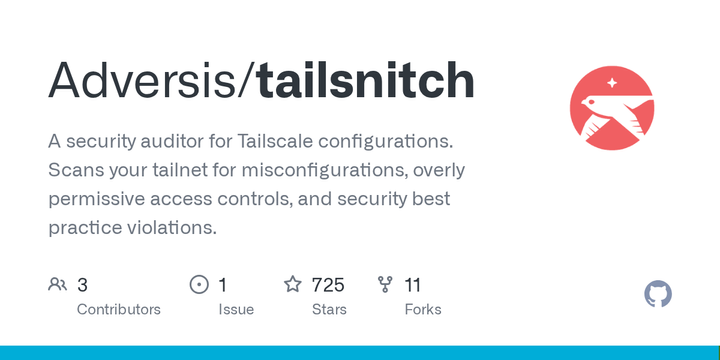
Show HN: Tailsnitch – A security auditor for Tailscale
I/O is no longer the bottleneck? (2022)
The article discusses how the I/O bottleneck has been largely eliminated in modern computing systems, allowing for more efficient processing and reducing the need for complex I/O management techniques. It highlights the advancements in storage technologies and the impact of these improvements on overall system performance.

Donut Lab’s all-solid-state battery delivers 400 Wh/kg of energy density
DonutLab, a leading battery technology company, has announced a groundbreaking new battery at the Consumer Electronics Show (CES). This new battery promises to revolutionize the industry with its improved energy density, charging speed, and safety features.

Sega co-founder David Rosen has died
David Rosen, the co-founder of Sega, has passed away at the age of 85. Rosen played a pivotal role in the growth and success of Sega, helping to establish it as a leading video game company during the arcade and console gaming boom of the 1980s and 1990s.

Why didn't AI “join the workforce” in 2025?
The article discusses why AI did not join the workforce as predicted by 2025. It examines the challenges and limitations in the development and deployment of AI systems, highlighting the complexities involved in creating truly intelligent and capable AI assistants to perform a wide range of tasks.
Strange.website
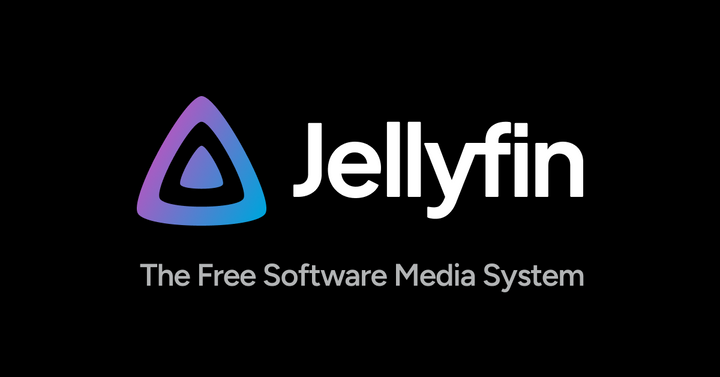
State of the Fin 2026-01-06
The article provides an update on the Jellyfin media server project, highlighting its continued development, new features, and plans for the future, with a focus on improving performance, expanding platform support, and enhancing user experience.

Firefox extension to redirect x.com to xcancel.com
The Tox Cancel addon for Firefox helps users avoid unintended toxic interactions by warning them when their message may be perceived as hostile or inappropriate, allowing them to reconsider their response before sending.
GBC Boot Animation 88×31 Web Button
This article explores the creation of a responsive, accessible web button using a technique called 'Growing Button Component' (GBC). The author demonstrates how to implement GBC to build a versatile button that adjusts its size and appearance based on user input and screen size, while ensuring compliance with Web Content Accessibility Guidelines (WCAG).
My Snapdragon Dev Kit was healthy and working fine until a Windows update failed
The article discusses the author's experience with a Snapdragon Developer Kit from Microsoft, which stopped working after a software update, leaving the author unable to use the device. The article explores the challenges faced in troubleshooting and resolving the issue with Microsoft's support.
Sugar industry influenced researchers and blamed fat for CVD (2016)
The article reveals how the sugar industry manipulated scientific research to shift the focus away from sugar's role in heart disease, instead promoting the idea that fat was the primary cause. This led to decades of public health recommendations that emphasized reducing fat intake while downplaying the health risks of sugar consumption.
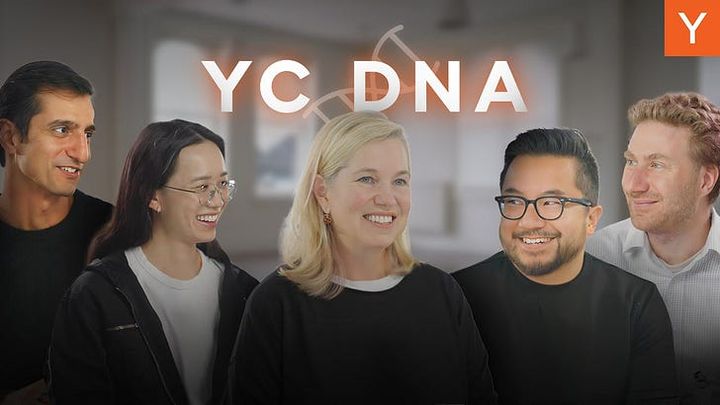
How Y Combinator made it smart to trust founders
The article explores how good actors can build trust and cooperate even in the absence of formal contracts or oversight. It discusses the importance of establishing shared values, communication, and a willingness to take risks in developing mutually beneficial relationships.
